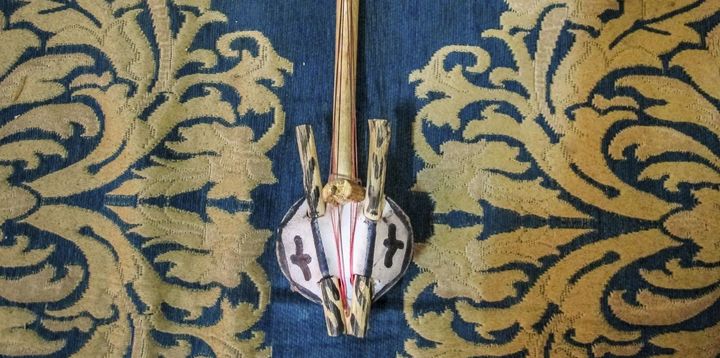
Three years after the French intervention in northern Mali, thousands of refugees in neighboring Burkina Faso are still afraid to go home. Mali's conflict may be over, but its border areas remain deeply unstable, with jihadist militant groups still believed to be operating.
They fled in 2013. Thousands of Tuareg herdsmen, farmers, artists, musicians and their families, trekking across the Malian desert border to Burkina Faso on foot, by camel or by donkey, to escape the fabled, broken city of Timbuktu and other parts of northern Mali. They had expected it to be a temporary relocation, but three years after French forces pushed back militant groups – including Al Qaida in the Islamic Maghreb (AQIM) – more than 33,000 Malian refugees remain in Burkina Faso. They are living in camps managed by the U.N. refugee agency (UNHCR) and the Burkinabe government – often alongside their herds of cattle, which they brought with them – in hot, arid areas close to the desert towns of Djibo and Dore.
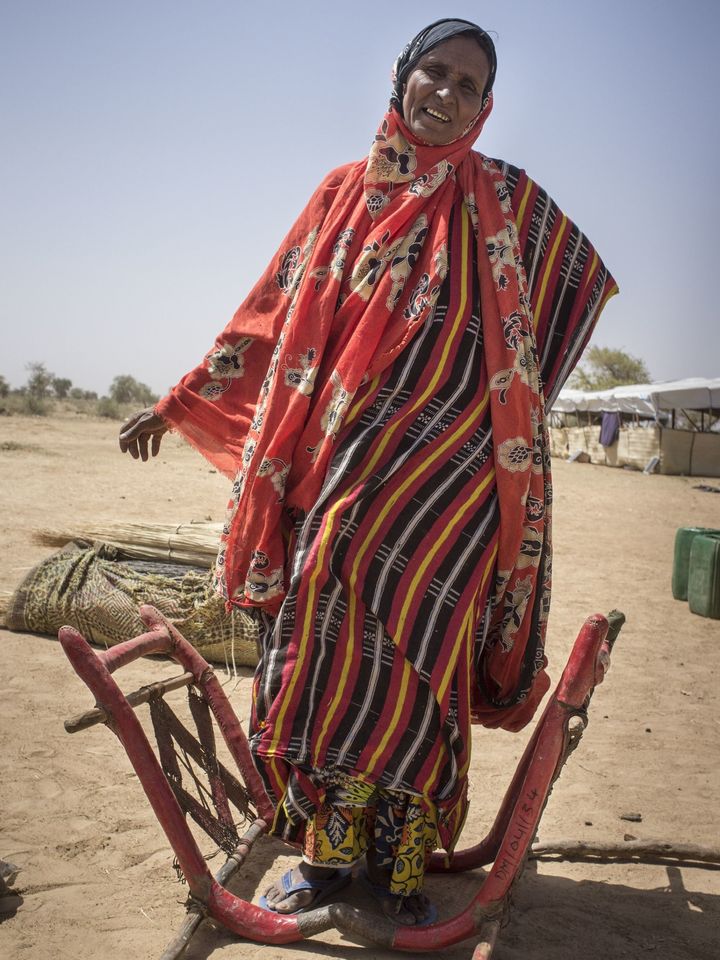
Although greater peace and stability has since returned to northern Mali, deep troubles persist. No fewer than 27 soldiers have been killed by mortars, rockets and land mines in the area since January, including three French troops. It's tough terrain to navigate, and an ideal hiding ground for militant groups, as well as armed separatists. At least two foreign hostages are being held in the area, and there are fears that recent terrorist attacks in Burkina Faso's capital Ouagadougou, Mali's capital Bamako and Grand Bassam, Cote d'Ivoire, may have been plotted in the Sahel region.

Many of the refugees at the Burkina Faso camps are of Tuareg ethnicity. As the 2013 conflict escalated, some initially backed the creation of an independent state named Azawad – a move that was resisted by the Malian government, creating chaos and opening up northern Mali to militant groups. For the Tuareg refugees, identity issues are at stake. Their ties to northern Mali go back centuries, to a time when tomes about philosophy, astronomy, poetry, medicine and mathematics were first being arranged on the shelves of Timbuktu's storied libraries. Many of those books were destroyed during the conflict, although some were saved. Now trust between the ethnic Tuaregs and other groups has been eroded. Northern Mali's social fabric has been deeply damaged, and many say they have no choice but to remain in Burkina Faso for their own safety and security.
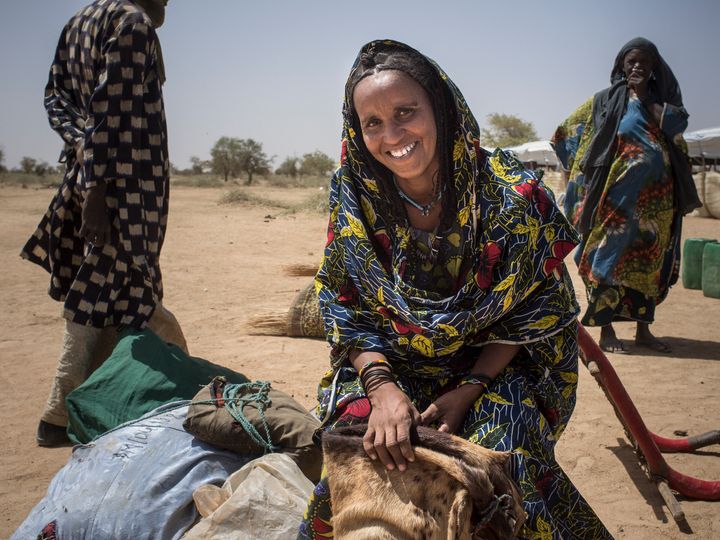
Refugees are housed in two refugee camps in Burkina Faso: Mentao camp, near the town of Djibo, and Goudoubou camp, near the town of Dore. Mentao, the larger camp, has a population of 13,329, according to UNHCR. Gogo Hukportie is UNHCR's resident representative in Burkina Faso. She spoke with Refugees Deeply about the situation.
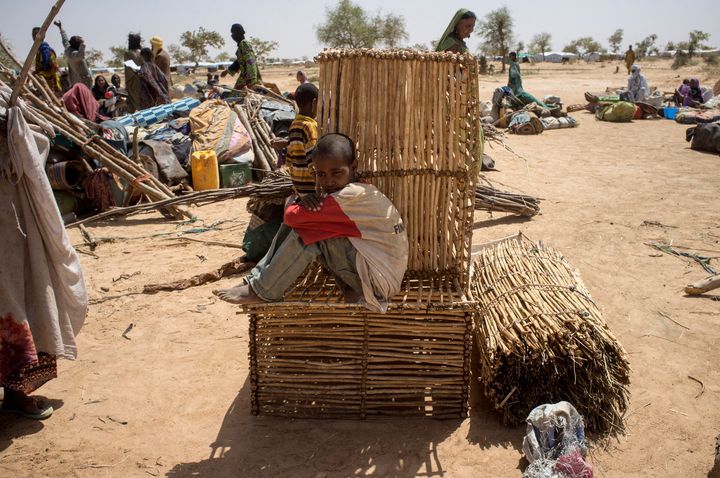
Refugees Deeply: Can you tell us about the greatest challenges that Malian refugees to Burkina Faso currently face?
Gogo Hukportie: We have Malian refugees in the camps, others living nearby among the population and additional urban refugees. There is a total of 33,846 Malian refugees in Burkina Faso as of February. The greatest challenge is lack of funds to assist them. Right now we have many refugee crises all over the world, and the Mali situation is not considered to be an emergency. Therefore, donor funds here have considerably decreased. UNHCR and WFP issued a joint communique not long ago to let the world know that if we don’t get additional funds, nutrition and health issues could be at risk, mainly for children, pregnant women and elderly people. If WFP cannot continue giving food to the refugees, then nutritional status may decrease significantly. Refugees depend on this food assistance.

Of course there are additional challenges, linked to the security situation here. Not long ago, there was a terrorist attack in Ouagadougou, and many refugees have been stigmatized because of what happened. There were some attempts to attack refugees, but luckily the government asked the population to calm down and not retaliate after the terrorist attack. UNHCR also reached out to traditional leaders via radio to let people know that the refugees did not have anything to do with the terrorist attack. It did work to some degree, but there is still some fear, especially in the Sahel portion of the country.
Refugees Deeply: The conflict in Mali has ended, despite the insecurity that remains. Have any refugees been repatriated?
Gogo Hukportie: Security has improved in northern Mali, but rumors say there are returns of jihadist groups, so rumors definitely play a major role regarding refugees’ intention to return. They are well aware of what is going on in their home areas. The fact that they’re not going back in great numbers shows that there is still a lot of reluctance. So far, 7,035 have returned. Out of them, a few even returned to the camps in Burkina Faso. Many tell us that they want to go back to Mali, provided that security returns to their areas of origin. We’ll do another survey again in May to find out more, and then every six months thereafter.
The future of the camps is uncertain. Refugees could be housed among the local population. UNHCR may help them to do that, but funds are limited at the moment, and we need the support of the government, but it’s a tricky time at the moment given the security situation in the Sahel. We believe it’s absolutely possible for the refugees to live peacefully with the local population. We want them to be able to work, to have the opportunity to start doing something for themselves. But this may take some time.
Refugees Deeply: How is UNHCR currently assisting the refugee population in Burkina Faso?
Gogo Hukportie: We’re providing basic services – health, water and sanitation, shelter, education and non-food items – in collaboration with the government of Burkina Faso, other U.N. agencies and implementing partners. There are schools in the camps for children to continue their education.
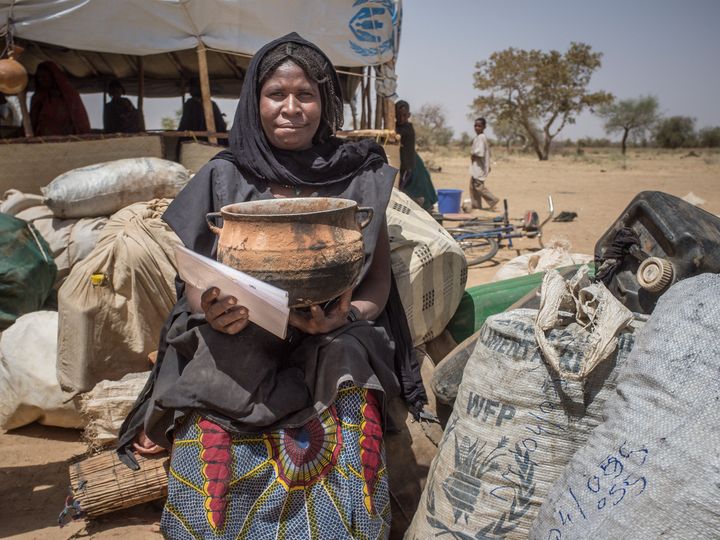
In 2014 we expected refugees to go back to Mali, but after security incidents, many did not want to return. So we started thinking about what we could offer them, how we could revise our vision. Our initial vision was based on repatriation. We now need to help them to become self-sufficient. As part of income-generating activities, we work with them and their cattle, which can be used as capital. It’s very important that cattle are healthy, so we provide health assistance, grazing land and milk-production facilities. That milk then goes to the refugees’ children twice a week, and the rest of it is pasteurized in local dairies. We trained some of the refugees and the local population in how to develop the dairies. This program is working very well, and there’s a lot of interest in it because it involves the refugees' own cattle.
Another program works to enhance the skills of artists and artisans, helping them to produce a better quality of art, crafts and jewelry. Recently we brought over some designers from Paris and held workshops for the most skilled refugees. It improved their knowledge and they’re very enthusiastic about it. We’re working to link them up to the international market, to get their products available in stores and online.
Refugees Deeply: When we think of the refugee crisis, we often think of the Mediterranean. What does the world need to know about the situation in the Sahel?
Gogo Hukportie: The international community should not forget about the Malian crisis. It’s not over yet. The refugees need us; they need our assistance. If right now, we let them down, we may have to face consequences. For instance, there are many young people in the camp. We need to provide them with further education, with training. If we don’t do that, they could be attracted to joining jihadist groups out of frustration. This is a fear that we have. The current refugee crisis is a global emergency, not just a regional one affecting the Mediterranean, and we must see it as such.
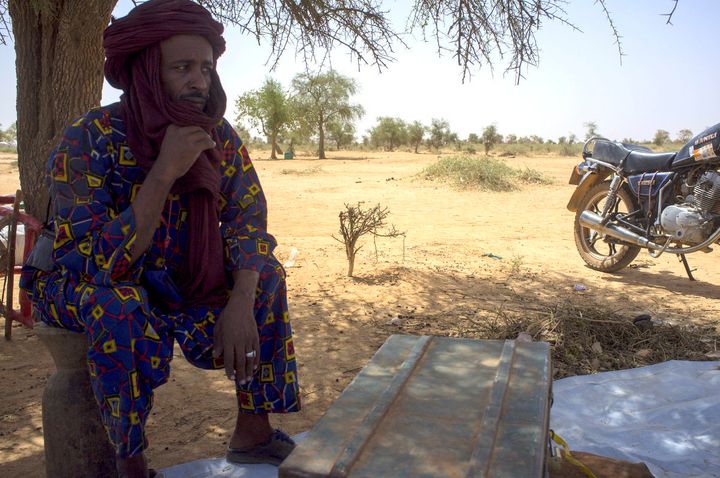
After this interview was conducted, the United States announced $29 million in humanitarian assistance to Mali, including to refugee programs in the region.
This article originally appeared on Refugees Deeply. For weekly updates and analysis about refugee issues, you can sign up to the Refugees Deeply email list.